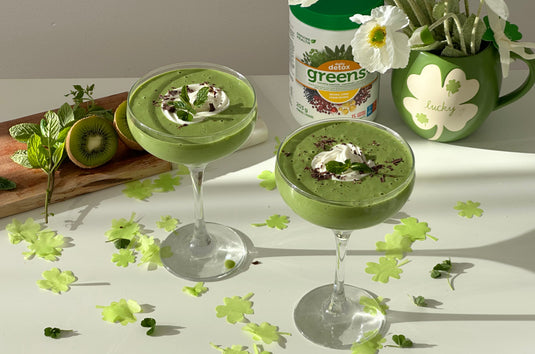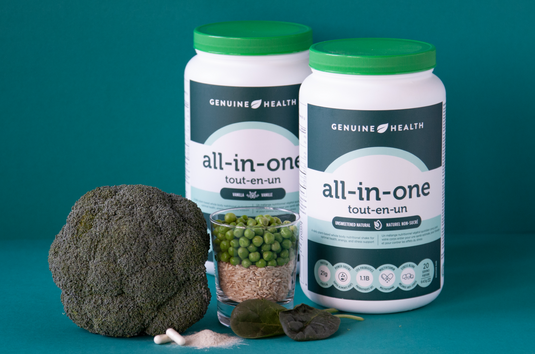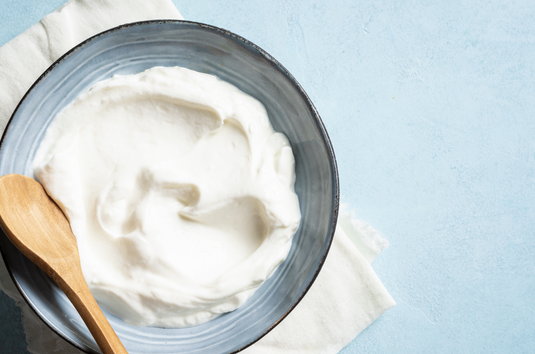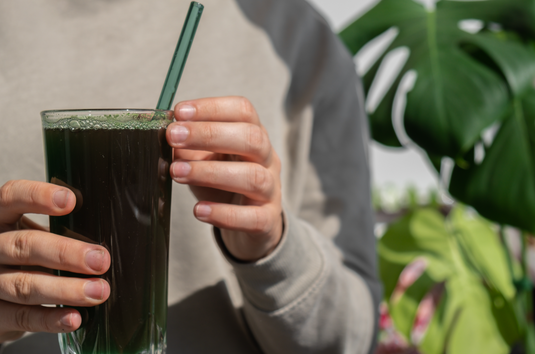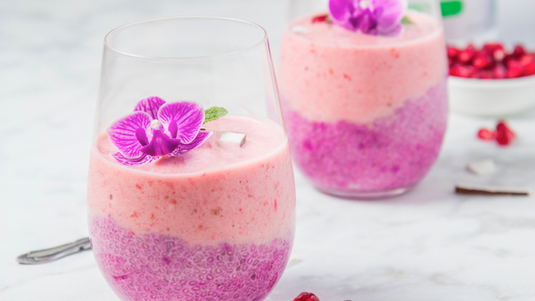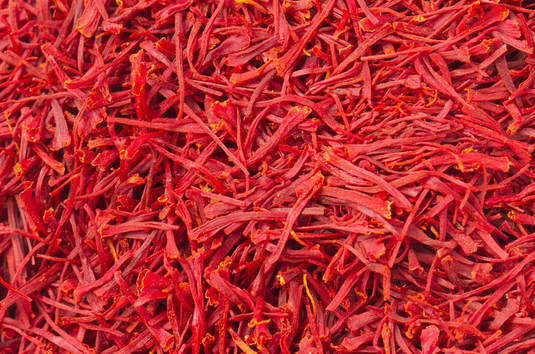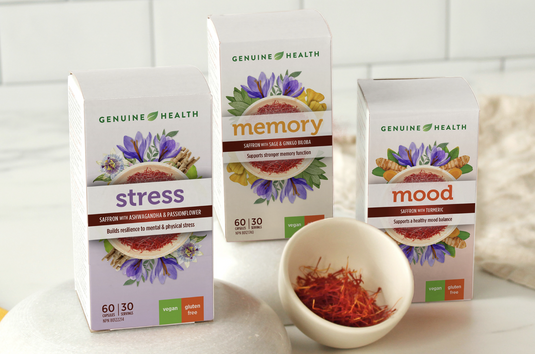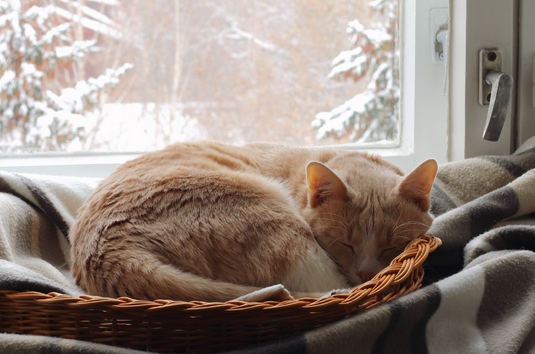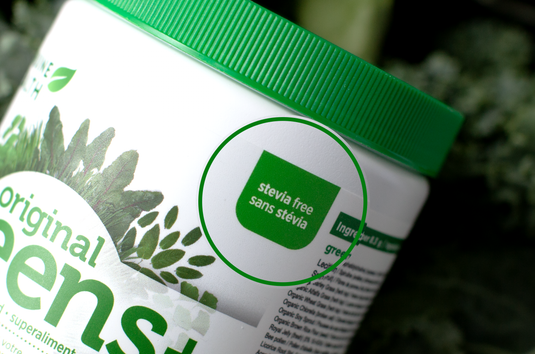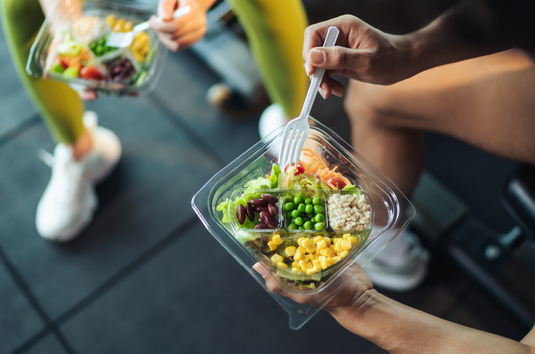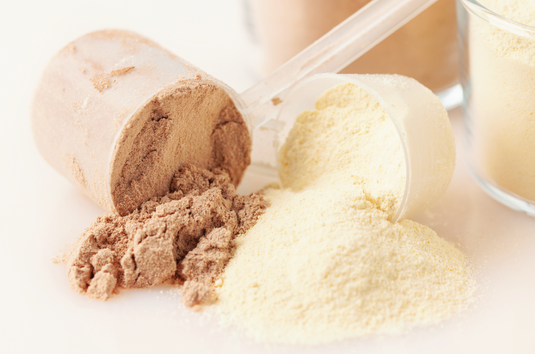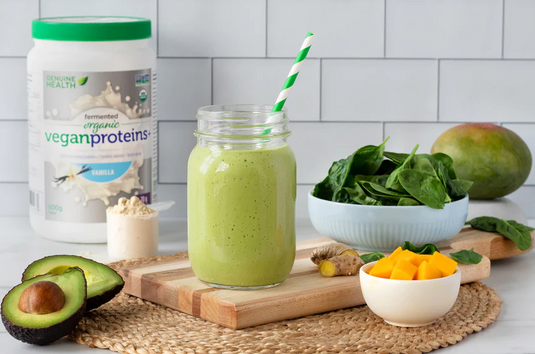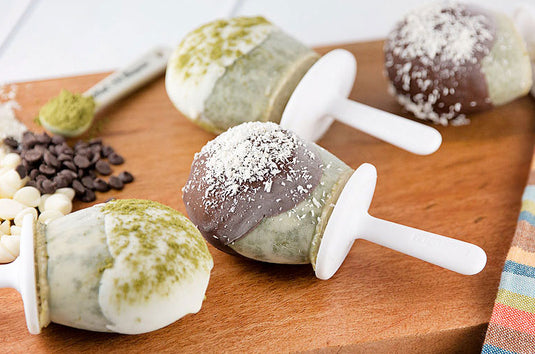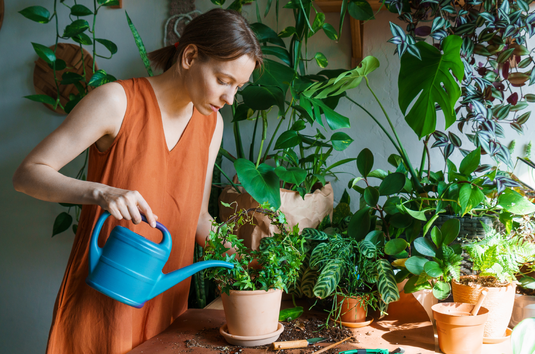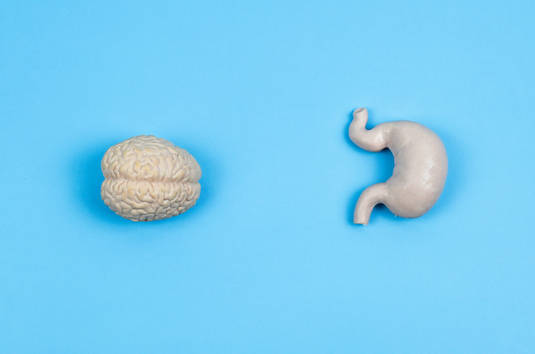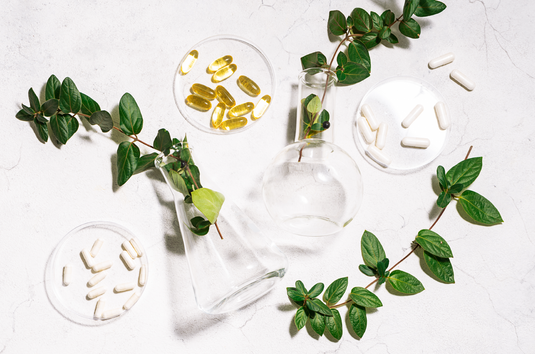A Gastroenterologist’s Secret to Balancing & Restoring Your Gut Health
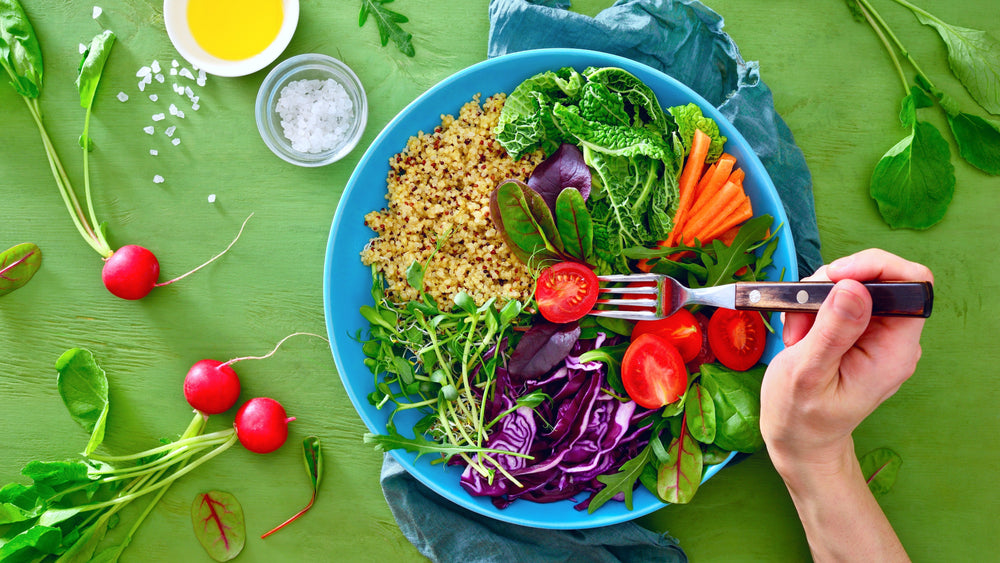
As a gastroenterologist, day after day I care for patients suffering with digestive symptoms. Whether it be heartburn, abdominal pain, diarrhea, or constipation, they come seeking relief. In nearly every case, I would characterize the root cause of their problem as a loss of balance in their gut microbiome.
It is balance that allows the gut to function optimally.1 Balance that is driven by a massive community of living organisms that are undetectable to the human eye. This community is our microbiome, made up of bacteria, fungi, viruses and archaea.2 Sometimes there are parasites too, although this is far less common in our hyper-sterilized Western world.3
There has never been a moment in human history when we haven’t had a relationship with these microbes. They evolved with us from the very beginning. When we survived, they survived.4 Through co-evolution, they made themselves a critical part of who we are and play a central role in regulating our metabolism, nutrient absorption, immune system and even the expression of our genes.5,6
It is best to think of our microbiome as an ecosystem, similar to the Amazon rainforest. Imagine flying at 35,000 feet and looking down at the expanse of that ecosystem. It looks like a big jungle from the sky, but if you jump out of the airplane and parachute in, you’d suddenly find yourself on the ground, surrounded by trees, plants, birds, reptiles, bugs and mammals. Each part of the jungle will have its own unique blend of wildlife, a balance that is the byproduct of environmental conditions.
Your large intestine is no different. The view from 35,000 feet shows us the colon, which is home to 40 trillion bacteria with hundreds of different species present.7 And that’s not to mention the fungi, archaea and viruses. But if you were to zoom in with an electron microscope you would find that different regions along the colon has a unique blend of microbes, defined by the colonic environment.8
The major driver of the intestinal environment is the food that you eat. Each one of us consumes on average 2-3 meals on a given day (plus snacks). If you do the math, that ends up being quite a lot of food in a year. We know that diet is the most powerful predictor of the gut microbiome.9 In essence, the food that you choose creates the environment within your intestines. Certain microbes will thrive, while others will starve.10 You could say that you are what you eat, but it’s more accurate to say that you are what your microbes eat. And if the food creates an environment that allows your microbes to flourish and improve your health, then food truly IS medicine.
Nonetheless, we know that diet is the most powerful predictor of the gut microbiome. In essence, the food that you choose creates the environment within your intestines. Certain microbes will thrive, while others will starve. You could say that you are what you eat, but it’s more accurate to say that you are what your microbes eat. And if the food creates an environment that allows your microbes to flourish and improve your health, then food truly IS medicine.
So what food has been shown to optimize our microbiome? According to an analysis by Dr. Rob Knight and The American Gut Project, the single greatest predictor of a healthy gut microbiome is… (*drumroll*): the diversity of the plants that you consume.11 Studies suggest that our microbiome thrives in an environment with plant-derived polyphenols, phytochemicals, and fibre.12,13 Each plant brings a unique mix of these factors that has positive effects inside us. The popular adage “Eat the Rainbow!” is completely true.
Creating this environment starts with maximizing our consumption of a diversity of plant foods. You simply can’t shortcut around this step. But optimal gut function means maximum diversity of plant foods on a daily basis14, which can be challenging to achieve with our busy schedules and within the limitations of three square meals per day.
For this reason, I am a huge fan of Genuine Health’s high fibre gut superfoods+. This vibrant, rainbow-inspired blend brings together the best nature has to offer, providing a boost with fresh, high-quality fruits and a variety of land and sea vegetables.
Beetroot, tart cherry, shitake mushroom, ginger and spirulina are just a few examples, supporting digestive health through the power of fermentation. Each serving is also rich in fibre and a deliciously simple way to nourish your body and elevate your wellness. Vegan, gluten-free and peanut free. Every ingredient is also certified organic and non-GMO project Verified.
If our aim is to increase the diversity of plants in our diet, high fibre gut superfoods+ is specifically crafted to help us achieve this.
Date modified: February 24th, 2025
References
-
Hrncir T. Gut microbiota dysbiosis: triggers, consequences, diagnostic and therapeutic options. Microorganisms. 2022;10(3):578. doi:10.3390/microorganisms10030578
-
The Microbiome. Canadian Digestive Health Foundation. Accessed February 24, 2025. https://cdhf.ca/en/digestive-conditions/the-microbiome/
-
Ianiro G, Iorio A, Porcari S, et al. How the gut parasitome affects human health. Ther Adv Gastroenterol. 2022;15:17562848221091524. doi:10.1177/17562848221091524
-
Quercia S, Candela M, Giuliani C, et al. From lifetime to evolution: timescales of human gut microbiota adaptation. Front Microbiol. 2014;5:587. doi:10.3389/fmicb.2014.00587
-
Hou K, Wu ZX, Chen XY, et al. Microbiota in health and diseases. Signal Transduct Target Ther. 2022;7(1):1-28. doi:10.1038/s41392-022-00974-4
-
Richards AL, Muehlbauer AL, Alazizi A, et al. Gut microbiota has a widespread and modifiable effect on host gene regulation. mSystems. 2019;4(5):e00323-18. doi:10.1128/mSystems.00323-18
-
Dupont HL, Jiang ZD, Dupont AW, Utay NS. The intestinal microbiome in human health and disease. Trans Am Clin Climatol Assoc. 2020;131:178-197.
-
Martinez-Guryn K, Leone V, Chang EB. Regional diversity of the gastrointestinal microbiome. Cell Host Microbe. 2019;26(3):314-324. doi:10.1016/j.chom.2019.08.011
-
Rinninella E, Tohumcu E, Raoul P, et al. The role of diet in shaping human gut microbiota. Best Pract Res Clin Gastroenterol. 2023;62-63:101828. doi:10.1016/j.bpg.2023.101828
-
Zhang P. Influence of foods and nutrition on the gut microbiome and implications for intestinal health. Int J Mol Sci. 2022;23(17):9588. doi:10.3390/ijms23179588
-
McDonald D, Hyde E, Debelius JW, et al. American Gut: an open platform for citizen science microbiome research. mSystems. 2018;3(3):e00031-18. doi:10.1128/mSystems.00031-18
-
Santhiravel S, Bekhit AEDA, Mendis E, et al. The impact of plant phytochemicals on the gut microbiota of humans for a balanced life. Int J Mol Sci. 2022;23(15):8124. doi:10.3390/ijms23158124
-
Fu J, Zheng Y, Gao Y, Xu W. Dietary fiber intake and gut microbiota in human health. Microorganisms. 2022;10(12):2507. doi:10.3390/microorganisms10122507
-
Aziz T, Hussain N, Hameed Z, Lin L. Elucidating the role of diet in maintaining gut health to reduce the risk of obesity, cardiovascular and other age-related inflammatory diseases: recent challenges and future recommendations. Gut Microbes. 16(1):2297864. doi:10.1080/19490976.2023.2297864


